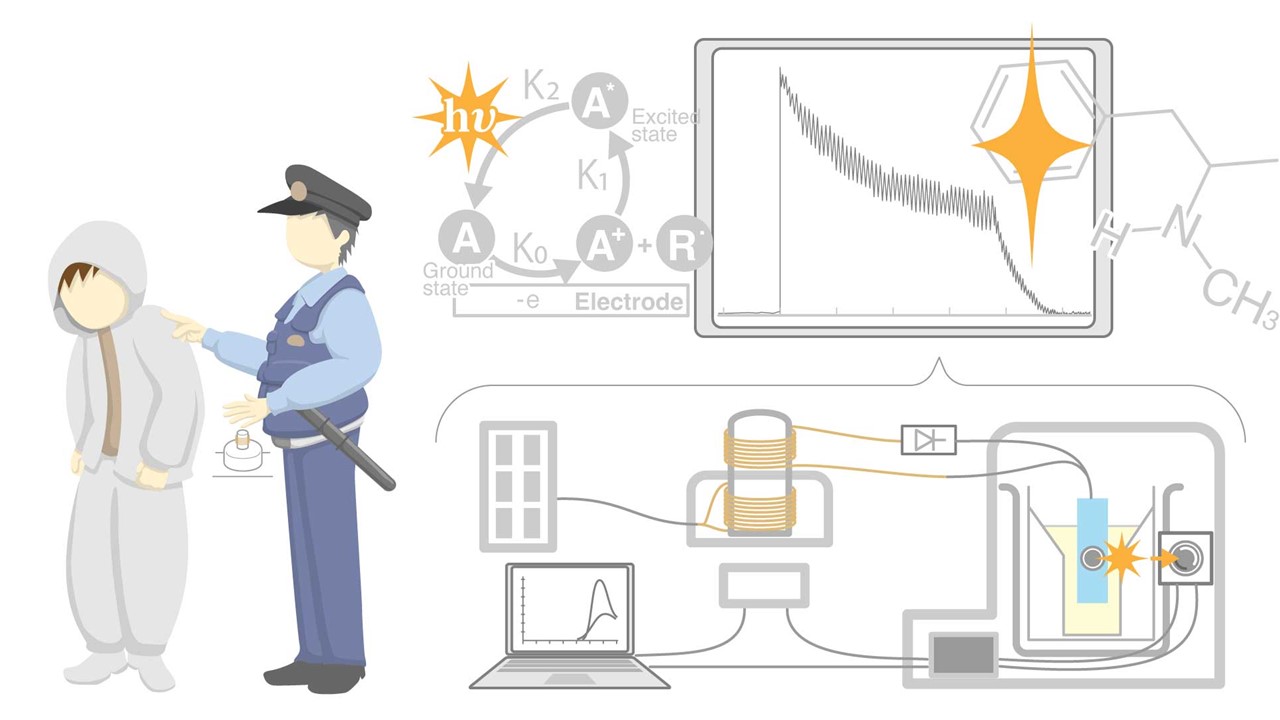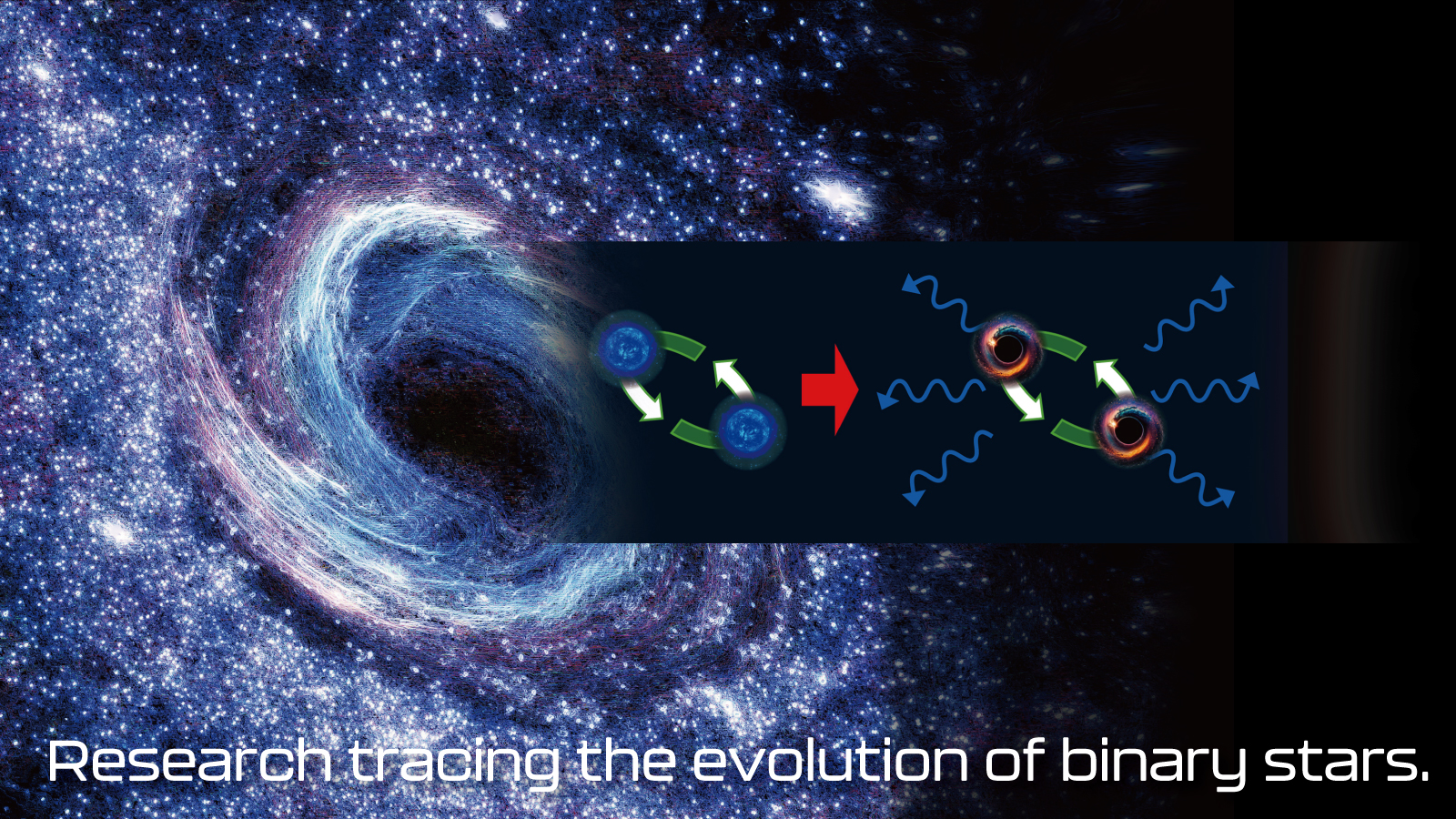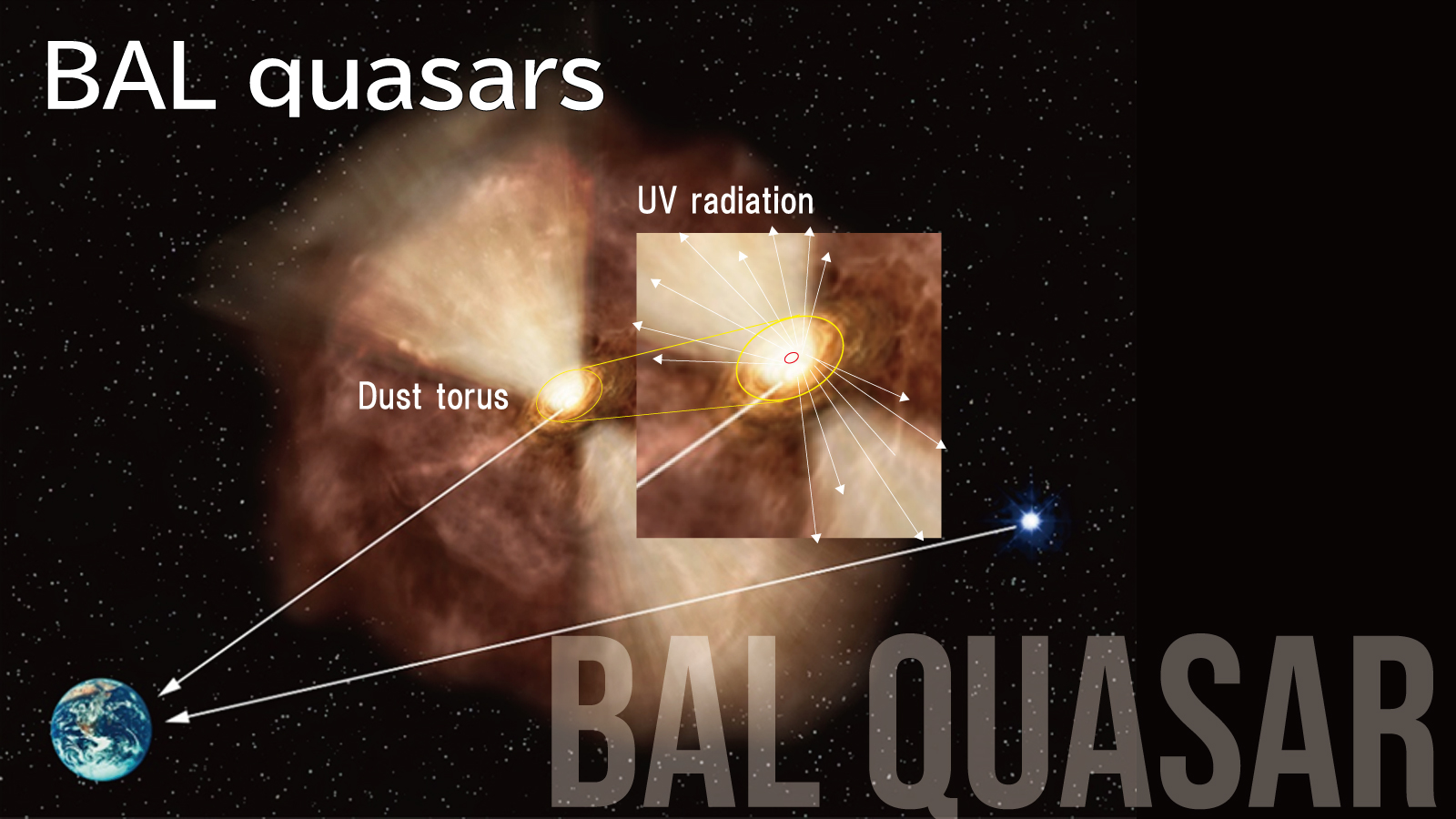Natural Sciences, Social Sciences, and Humanities
Release date:April 22, 2025 10:44 AM
Faculty of ScienceDevelopment of analytical technology for the safe and easy detection of controlled drug toxicants

The abuse of controlled drug toxicants has emerged as a serious social problem. The abuse and spread of these substances can be prevented through the identification and management of individuals who use these substances; however, the challenge of the shortage of drug testing personnel is faced by many countries, including Japan. A method for the easy and safe detection of drugs at the scene of criminal investigations was developed by Associate Professor Fumiki Takahashi and his team to address this issue.
Advantages of performing primary screening with tests that can be used in the field
In addition to requiring large equipment and a reliable power supply, drug testing involves the handling of reagents that require specialized knowledge. In Japan, drug testing is conducted by sending samples to forensic science research institutes or specialized laboratories for analysis. However, such facilities can only process a limited number of samples. A drug-detection device that can be safely operated at the scene of criminal investigations by non-specialist investigators will facilitate on-site primary screening (*1), thereby reducing the burden on laboratories and hastening criminal investigations. Therefore, a method for the safe analysis of drug toxicants through the application of the "electrical" contact-free wireless power transfer (*2) technique was developed by Associate Professor Takahashi and his team.
Rapid electrochemiluminescence-based detection technology using wireless power transfer technique
The wireless power transfer system is highly portable and safe. However, a novel approach was required to conduct chemical analysis owing to the complex alternating current running through the system. A mechanism capable of detecting target substances using light instead of electric current was devised to quantitatively measure the amount of target drugs. The system comprises a substance that emits light in a solution on reacting with the drugs. Electric current was incorporated on the negative side of the alternating current by a diode, and a voltage was applied to cancel it. Drug detection was conducted by placing a sample, such as urine, in a container containing electrodes and turning on the power of the wireless power transfer device. This system can be easily operated by investigators in the field.
Social implementation and its use in the field of forensic science
A device was developed for the detection of methamphetamine (a stimulant drug component) (*3) in this study. Notably, this device can also be used for the detection of other drugs by adjusting its electrodes. The range of its applications can be expanded by increasing the number of drugs that can detected and modifying the shape of the device. Furthermore, by leveraging the features of the wireless power transfer technique, it will facilitate authorities to detect the presence of drugs in locations with limited access to electric power, such as sewer pipes. The basic principles of the technology must be established, and the theoretical considerations must be enriched to incorporate its use in the field of forensic science. We aim to continue research in this field in the future.
Points
There is a growing need for the detection of controlled drug toxicants. However, the number of samples that can be processed at testing facilities remains limited, given the requirement for large equipment and specialized knowledge. Thus, the development of a drug-detection device that can be operated safely and easily in the field, such as at the scene of a criminal investigation, is imperative.
A device that can quantitatively detect target drugs was developed using a combination of the portable wireless power transfer system and electrochemiluminescence-based detection technology. The target drug could be detected by placing a sample and turning on the power of the device.
The basic principles of the technology must be established, and its applications must be expanded in the future. This device can be used to detect several different drugs by adjusting the electrodes. The wireless power transfer system may enable drug monitoring in environments with limited power supply.
Keywords
- *1. Primary screening
Primary screening is a simple test performed during the early stages of testing or diagnosis. It is performed to determine the presence of abnormalities or positive reactions.
- *2. Wireless power transfer
Wireless power transfer is a technology that supplies electric power to devices through magnetic fields or electromagnetic waves without using electric power cables.
- *3. Methamphetamine
Methamphetamine is a stimulant drug. It has the effect of strongly stimulating the brain and central nervous system.
Paper
Journal:Sensors and Actuators B: Chemical Volume 419, 15 November 2024, 136327
Title:A unique electro-contact-free sensing for illegal drug methamphetamine determination by electrochemiluminescence based on wireless power transmission technology
Author:Fumiki Takahashi, Mayu Kaneko, Buntaro Goshima, Yuta Harayama, Kanya Kobayashi, Katsuya Nakamura, Satoru Hamamoto, Masaki Oura, Yasuo Seto, Hirosuke Tatsumi, Jiye Jin
https://www.sciencedirect.com/science/article/pii/S0925400524010578
Related Topics
Related Topics
-

Faculty of Science
Creating species diversity: Analyzing the genes of organisms present in the harsh environments of alpine zones
-

Faculty of Engineering
Impact of binary interactions on the evolution of supernova progenitors
-

Center for General Education
"Dust torus" influences ionization bias in the gas around quasars, providing clues to understanding the formation of stars
-

Faculty of Economics and Law
Discrepancies between risk attitudes and prevention behavior: examination of human decision-making through an economic experiment
-

Faculty of Science
Development of analytical technology for the safe and easy detection of controlled drug toxicants
